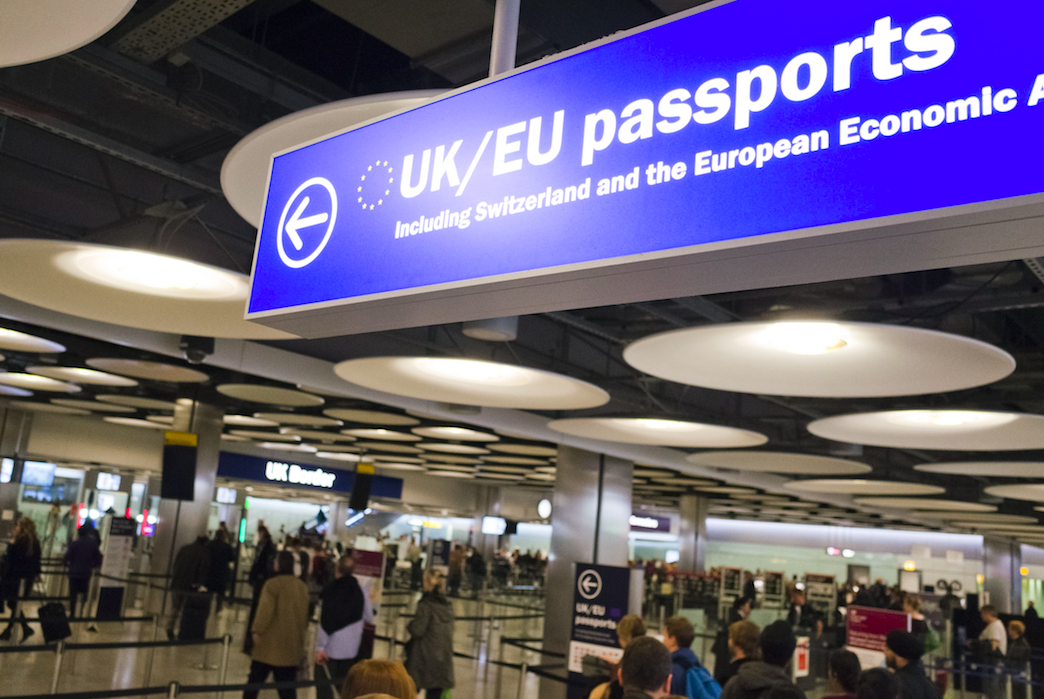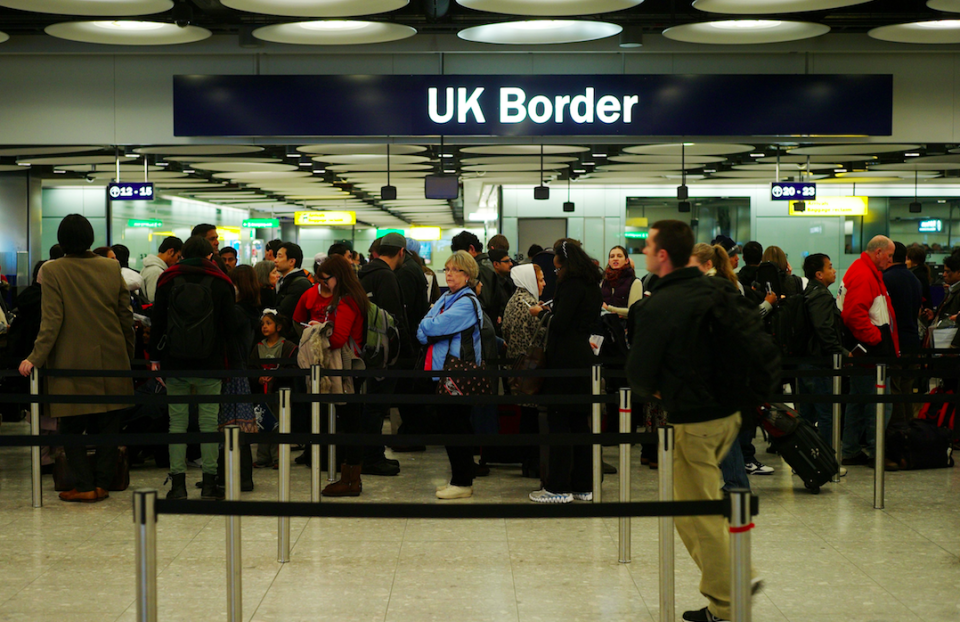Brexodus: EU migration to the UK drops to lowest level in six years, figures show

Claims of a so-called ‘Brexodus’ of EU migrants following the Brexit vote seem to be backed up by official figures.
Data shows that more migrants from eight eastern European countries are now leaving the UK than coming for the first time since the nations joined the EU in 2004.
Estimated net long-term migration from the EU8 states including Poland and Czech Republic has dropped sharply since the Brexit vote in 2016.
Now the measure – the difference between the numbers arriving and leaving the UK for at least 12 months – has registered a minus figure for the first time since the enlargement of the bloc 14 years ago.
A similar downward trend has occurred for other groups of EU states, bringing overall EU net migration to around 87,000, the lowest level for more than five years.
While immigration data since the referendum have sparked claims of a Brexodus, figures for the rest of the world painted a contrasting picture, with net migration from outside the EU now higher than at any point since 2004.

Overall, the balance between immigration and emigration was 271,000.
This is below record levels seen around 2015 and 2016, but still almost three times the Government’s net migration target of less than 100,000.
Nicola Rogers, of the Office for National Statistics, said the figures show net migration is continuing to add to the UK’s population.
She said: ‘Looking at the underlying numbers we can see that EU net migration has fallen, as fewer EU citizens are arriving in the UK, and has now returned to the level last seen in 2012.’
MORE: Government’s no-deal Brexit planning raises prospect of sperm shortage
MORE: Patient forced to wait for an ambulance for 62 HOURS, new figures reveal
Around 45,000 immigrants arrived from EU8 countries – Poland, Lithuania, Czech Republic, Hungary, Slovakia, Slovenia, Estonia and Latvia – in the year to the end of March.
At the same time, 47,000 departed – giving a net migration figure of minus 2,000.
While this was a ‘non-statistically significant’ fall from plus 5,000 in the previous year, net EU8 migration has dropped from 42,000 since the 12 months to June 2016, when the referendum was held.
Net migration of citizens from 14 longer-term member states such as Germany, Italy, Spain and France has almost halved since the Brexit vote, standing at an estimated 45,000 in the year to March.

In the latest period, 38,000 more Romanians and Bulgarians arrived than left, down from 62,000 in the 12 months to June 2016.
Madeleine Sumption, director of the Migration Observatory at the University of Oxford, said: ‘The UK has clearly become a less attractive country for EU migrants since the referendum.’
When the referendum was held, net migration from the EU and the rest of the world were around the same level.
But the latest figures indicate a gap has opened up between the two.
In 2017/18, net non-EU migration was estimated at 235,000, the highest since 2004.
The ONS said: ‘Non-EU net migration has returned to a similar level to that seen in 2011, following an overall increase since the year ending December 2015.’
There has been an increase in immigration of Asian, and particularly South Asian, citizens over the last year for work-related reasons, according to the report.
Separate figures revealed that applications for British citizenship from EU nationals jumped by 47% to 42,037 in the year to June.
Another data set showed that 28.4% of live births in England and Wales in 2017 were to women born outside the UK, the highest percentage on record.


